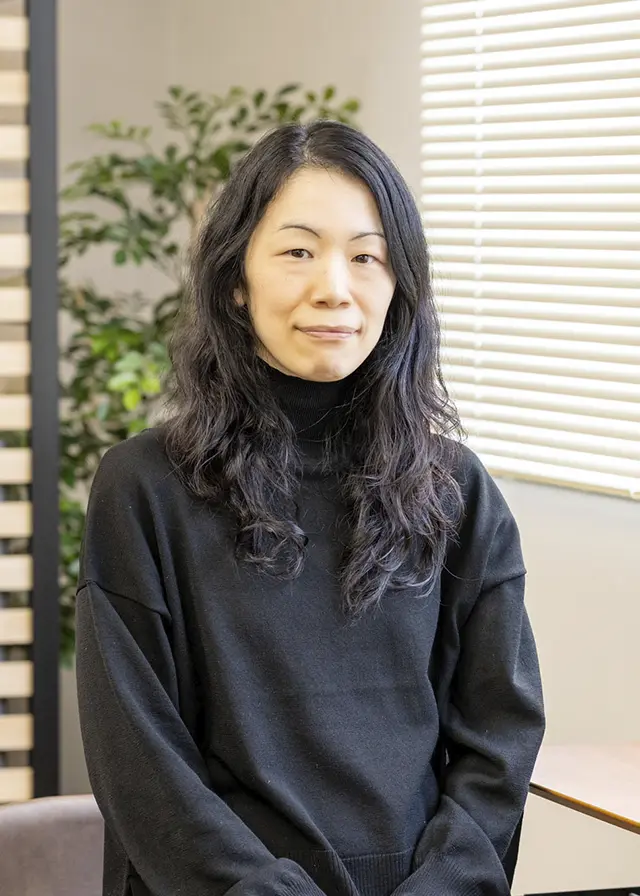Meet our scientists! 2023

Tomoyuki
Miyashita
Tomoyuki
Miyashita
Our experiences get stored in our brains as memories and these experiences and corresponding mold our personalities to make us who we are. Thus, to understand who we are, we need to understand how memories are formed and retained in the brain. Tomoyuki Miyashita, in the Learning and Memory Project, is working to understand learning and memory using the fruitfly, Drosophila melanogaster. He trains Drosophila to learn to associate an odor with pain by exposing them to an odor and, at the same time, electrically shocking them. He knows that flies learn this association because they actively run away from the odor after training. Learning and memory of this association occur in a region of the fly brain called the mushroom bodies. While the neuronal pathways and neurotransmitters that transmit odor information to the mushroom bodies are known, the pathways and transmitters that convey electrical shock information have been unclear. Recently, Tomoyuki found that shock information is conveyed to the mushroom bodies through glial cells, instead of neurons, using the transmitter, glutamate. This work was published in Science in an article entitled, “Glia transmit negative valence information during aversive learning in Drosophila.” We spoke to him about this work.

Akiyo
Natsubori
Akiyo
Natsubori
We spend roughly one third of our lives asleep. Not only that, we also have to sleep regularly, alternating between sleep and wake cycles every day. Why do we need to sleep? That is the question that drives Akiyo Natsubori in the Sleep Disorders Project. Recently, she found that an excitatory neurotransmitter, serotonin, which is involved in arousal and awakening from sleep, also signals astrocytes, support cells in the brain, to provide fuel to neurons to generate the increased energy used during wakefulness. This work was published in iScience in an article entitled, “Serotonergic neurons control cortical neuronal intracellular energy dynamics by modulating astrocyte-neuron lactate shuttle.” We spoke to her about her work.

Kazuya
Toriumi
Kazuya
Toriumi
Schizophrenia is a mental disorder characterized by recurrent psychoses and alterations in perception, thoughts, and behaviors. While schizophrenia can be treated with antipsychotic medications, its causes are still relatively unknown. Kazuya Toriumi of the Schizophrenia Research Project is interested in identifying the molecular pathways involved in the development of schizophrenia. Previously studies from the Schizophrenia Research Project had shown that advanced glycation end products (AGEs), deleterious products formed by oxidative and carbonyl stresses, are found at high levels in a large subset of patients with schizophrenia. In particular, pentosidine, an AGE consisting of a crosslink between arginine and lysine residues in proteins, is found in high amounts in many patients with schizophrenia. Dr. Toriumi wanted to understand why pentosidine amounts increase in these patients with schizophrenia and identified glucuronic acid as a pentosidine precursor. This work will be helpful in developing more accurate animal and cell models of schizophrenia and may have positive implications in the development of novel therapies. It was published in Redox Biology in an article entitled, “Glucuronic acid is a novel source of pentosidine associated with schizophrenia.” We spoke to him about his work and interest in science.
Interviewed by Jun Horiuch